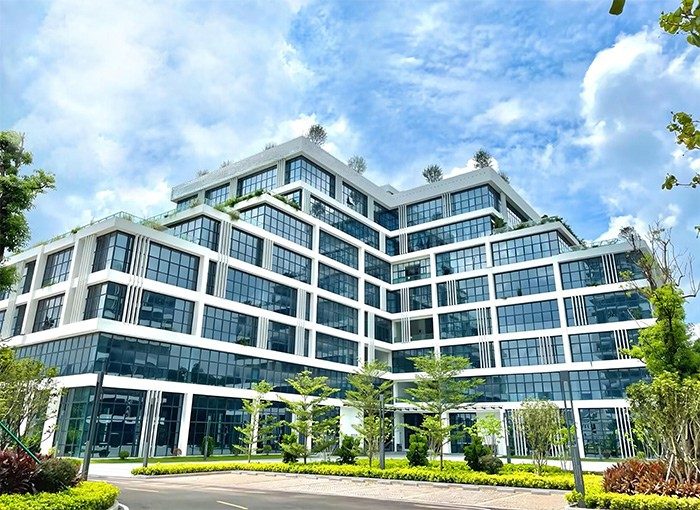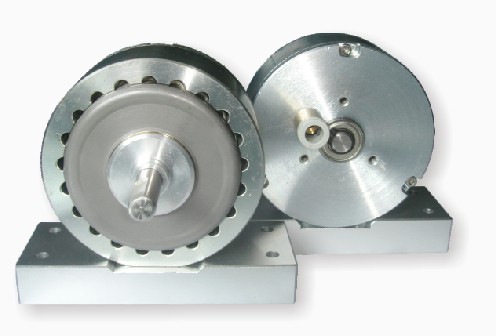🚀 Revolutionizing Manufacturing Discover the Future with Smart Factory Automation Solutions

The manufacturing landscape is undergoing a seismic shift. As industries grapple with rising costs, labor shortages, and the demand for precision, factory automation solutions have emerged as the linchpin of modern production. Imagine a world where machines collaborate seamlessly with minimal human intervention, errors are virtually eliminated, and productivity scales exponentially. This isn’t science fiction—it’s the reality businesses are embracing today.
### The Challenges of Traditional Manufacturing
Traditional factories often resemble chaotic orchestras without a conductor. Manual processes lead to inconsistencies, delayed timelines, and resource wastage. Human fatigue, supply chain disruptions, and fluctuating market demands further strain operations. For many companies, these pain points translate to eroded profit margins and missed opportunities.
Enter factory automation: a symphony of robotics, artificial intelligence, and interconnected systems designed to harmonize every aspect of production.
---
#### 🔧 Core Components of Modern Automation Systems
1. **Robotic Process Automation (RPA)**
From assembly lines to quality control, robots now handle repetitive tasks with unmatched speed and accuracy. Advanced models equipped with machine learning adapt to new workflows, reducing downtime during transitions.
2. **IoT-Enabled Smart Sensors**
Real-time data collection transforms decision-making. hysteresis brake , track inventory levels, and even predict maintenance needs, slashing unplanned downtime by up to 45%.

3. **AI-Driven Predictive Analytics**
By analyzing historical and real-time data, AI algorithms forecast production bottlenecks, optimize resource allocation, and minimize waste. For example, a food processing plant reduced raw material waste by 30% within six months of implementation.
4. **Collaborative Robots (Cobots)**
Unlike traditional industrial robots, cobots work alongside human teams. They’re programmable for tasks like packaging, welding, or even intricate electronics assembly, enhancing flexibility without compromising safety.
---
### Case Study: Automotive Manufacturer Accelerates Output by 200%
A leading European car manufacturer faced stagnant production rates despite growing demand. After integrating a customized automation suite, the results were staggering:
- Assembly line speed increased by 180%.
- Defect rates dropped from 5% to 0.8%.
- Energy consumption decreased by 22% through smart HVAC and lighting systems.
“Automation wasn’t just an upgrade—it was a rebirth for our factory,” remarked the company’s CTO during a post-implementation interview.
---
#### 🌟 Why Automation Isn’t Just for Giants
Small and medium enterprises (SMEs) often hesitate, fearing high upfront costs. However, modular automation solutions allow businesses to start small. For instance, a mid-sized textile company automated only its cutting and stitching processes initially, achieving a 40% reduction in lead times. Over 18 months, they scaled to full automation, tripling their order capacity.
---
### Overcoming Implementation Hurdles
Transitioning to automation requires strategic planning. Key steps include:

- **Workflow Audit**: Identify repetitive tasks and bottlenecks.
- **Vendor Collaboration**: Partner with providers offering scalable, industry-specific solutions.
- **Workforce Upskilling**: Train employees to manage and interact with new systems.
Contrary to myths, automation creates more high-skilled jobs than it displaces. A 2023 industry report revealed that 67% of automated factories expanded their workforce within two years, focusing on roles like system maintenance and data analysis.
---
#### 🔮 The Next Frontier: Lights-Out Factories
Picture a facility operating 24/7 with no human presence. Lights-out factories, powered by fully autonomous systems, are already a reality in sectors like electronics and pharmaceuticals. These facilities reduce labor costs and human error while enabling round-the-clock production.
---
### Sustainability Meets Efficiency
Automation isn’t just about profit—it’s a sustainability game-changer. Smart systems optimize energy use, reduce material waste, and lower carbon footprints. A beverage company leveraging automated water recycling cut consumption by 1.2 million liters annually, aligning with global ESG goals.
---
#### Your Roadmap to Automation Success
Ready to transform your operations? Follow these actionable insights:
1. **Start with Pilot Projects**: Test automation in non-critical areas to measure ROI.
2. **Leverage Cloud Integration**: Centralize data for seamless cross-department collaboration.
3. **Prioritize Cybersecurity**: Protect interconnected systems from vulnerabilities.
---
### Conclusion: The Future Is Automated, But Human-Centric
Factory automation isn’t about replacing humans—it’s about empowering them. By offloading mundane tasks, employees focus on innovation, strategy, and creativity. Whether you’re a legacy manufacturer or a startup, the time to automate is now.
Embrace the revolution. Let your factory evolve into a hub of efficiency, resilience, and limitless potential. 🌐🤖
---
[Contact our experts today to design a bespoke automation strategy tailored to your needs.]
